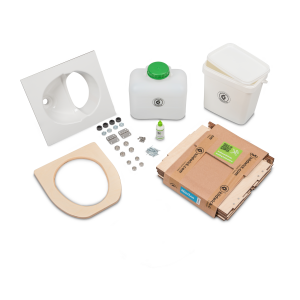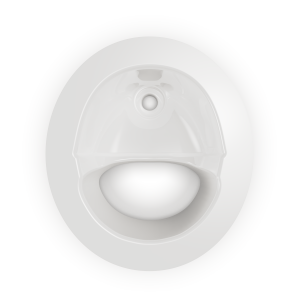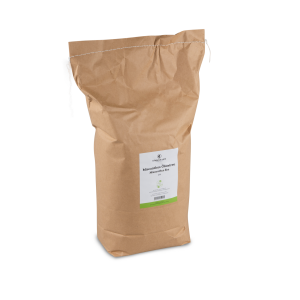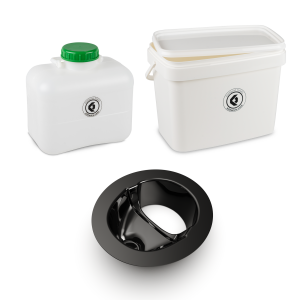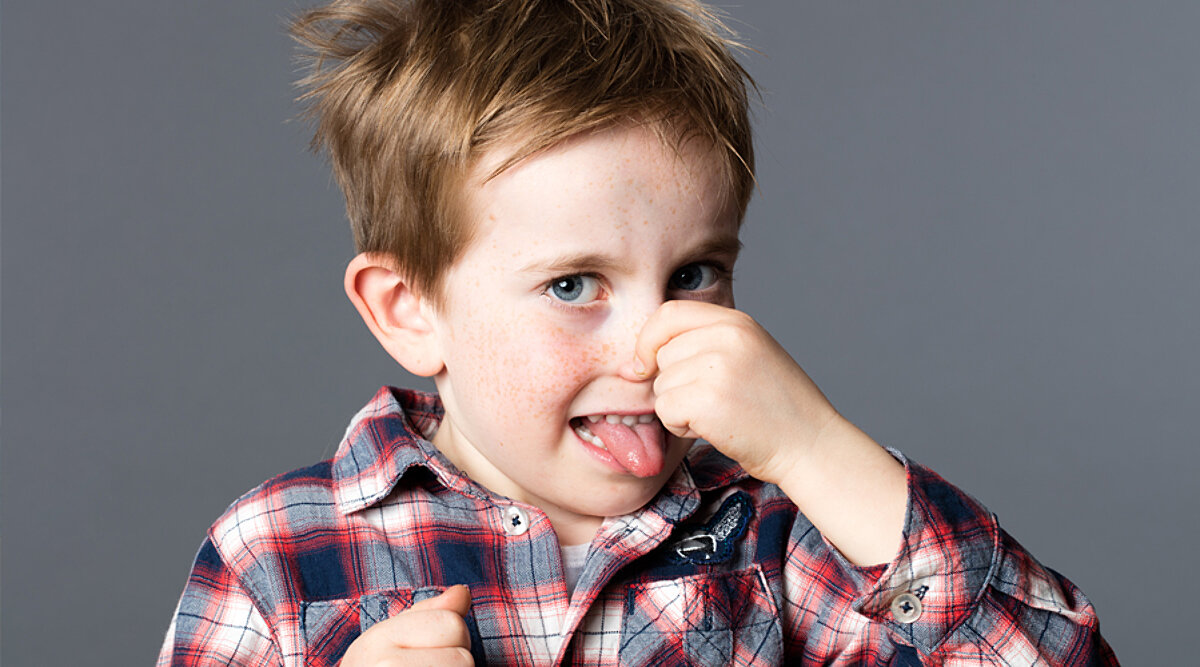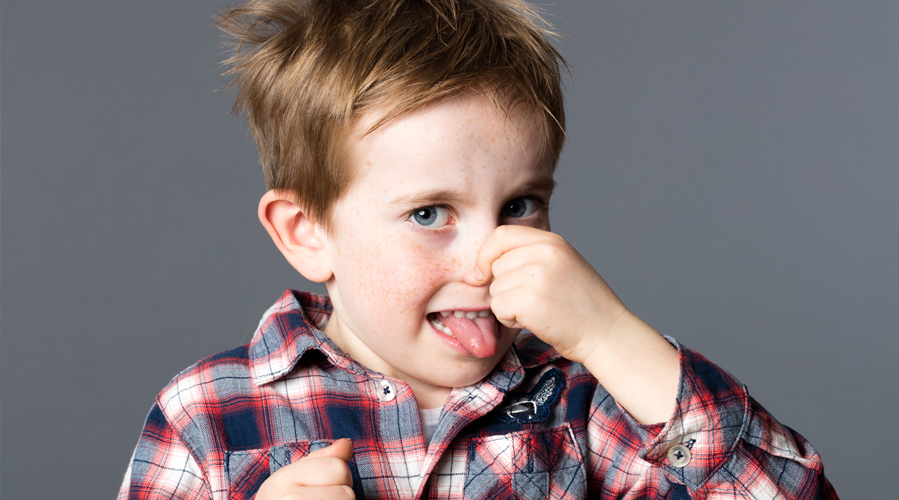Damn, that smells?
What went wrong?
When handled properly, a dry separation toilet definitely does not smell!
Human anatomy gives (and all other mammals) two outlets for excreta. Liquid and solid.
If you look at it closely, no mammal (e.g. dog or cat) urinates in the same place where it does its big business. We humans are the only exception, and we urinate in the toilet, the chemical toilet or the outhouse.
If both types of excrement are mixed, putrefactive gases are produced very quickly, which lead to the typical unpleasant odours that we are familiar with from conventional outhouses, among other things.
The Kildwick urine-diverting dry toilet reliably and easily separates the liquid and solid excreta from each other and separates them by means of the urine diverter (also called separator).
To ensure that everything is in fact odourless, there are a few points to bear in mind:
The solid tank should be fitted with a bag before first use. For example with the Kildwick compostable waste bags. Then put 2-3 handfuls of litter (e.g. Kildwick Miscanthus litter) in the bag as a base. This ensures that the moisture is removed from the bottom of the bag during the first solid transaction.
The litter in a urine-diverting dry toilet is like the flush in a WC.
Water flushes your business away, the litter ensures that the moisture is removed from your solids very quickly and effectively, so that no odour develops.
After each visit to the toilet, your solid waste should be covered with sufficient litter. Toilet paper can be added to the solids container as normal.
A small example from nature that all dog and cat owners know:
When your pet does its business, the first thing you want to do is fall over because of the smell. But once the faeces have dried, they no longer smell at all.
Now let's deal with the liquid excrements:
Urine does not smell either, provided it is sufficiently hydrated. At least not when it leaves the body. However, there are exceptions.
The liquid excretions are influenced, among other things, by certain foods that you have eaten. A good example of this is asparagus. But taking medication can also affect the smell of urine.
Ultimately, the liquid part of your excretions only begins to develop the typical acrid smell after some time.
This is because bacteria begin their natural decomposition process. In combination with oxygen, the whole thing progresses faster.
Therefore, there are a few small recommendations you should follow:
- Never add extra water to the urine container.
- You often read that sugar delays the decomposition process. This is not a good idea, because bacteria feed on sugar.
- Oxygen should be excluded as much as possible, so use components (e.g. the Kildwick Spillguard Kit or the Kildwick Stainless Steel Siphon) to minimise air getting into the urine.
- Clean and empty the urine container regularly. The canister should be emptied after 2-3 days at the latest and the separator cleaned at least once a day. This is best done with a mild and biodegradable cleaner, such as Kildwick Beetroot Cleaner.
Everything taken care of? Then you can start using the water-saving, environmentally friendly toilet solution!
